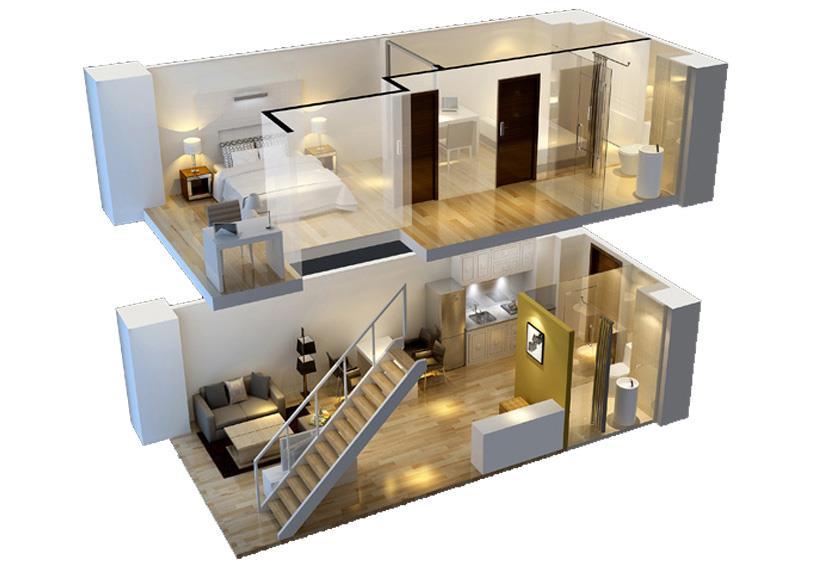Enhancing Real Estate Visualization: The Power of Architectural Renderings

Architectural renderings serve as a bridge between an architect's vision and the tangible representation of a property. Through advanced computer-generated imagery (CGI) techniques, architectural renderings create highly realistic visualizations of buildings, showcasing their exterior and interior designs, materials, and spatial layout. These renderings provide a glimpse into the potential of a property, enabling potential buyers to envision themselves in the space and make informed decisions.
House renderings focus on presenting the beauty and character of individual residences. Whether it's a cozy cottage or a modern mansion, house renderings capture the essence of a property and evoke an emotional response in viewers. By showcasing key features such as architectural details, landscaping, and lighting, these renderings create a sense of connection and aspiration, helping buyers visualize their dream home and fostering a strong desire to explore further.
The advent of 3D renderings has revolutionized real estate marketing. Unlike traditional 2D images, 3D renderings offer a multi-dimensional experience, allowing viewers to explore properties from various angles and perspectives. These renderings provide a comprehensive view of a property's exterior, interior, and surroundings, giving potential buyers a realistic understanding of the property's layout, design, and overall ambiance. By virtually "walking through" a property, buyers can assess its suitability, functionality, and aesthetic appeal, thereby making more informed decisions.
Real estate rendering, encompassing architectural, house, and 3D renderings, has significantly transformed the selling process. By presenting properties in their best light, these renderings attract attention, generate interest, and increase the likelihood of inquiries and viewings. They serve as powerful marketing tools, enabling real estate professionals to showcase their properties on websites, social media platforms, and printed materials. Moreover, real estate renderings are highly versatile, accommodating customization, alterations, and visualizations of different design options, ensuring that buyers' preferences are met and facilitating effective communication between architects, developers, and buyers.

